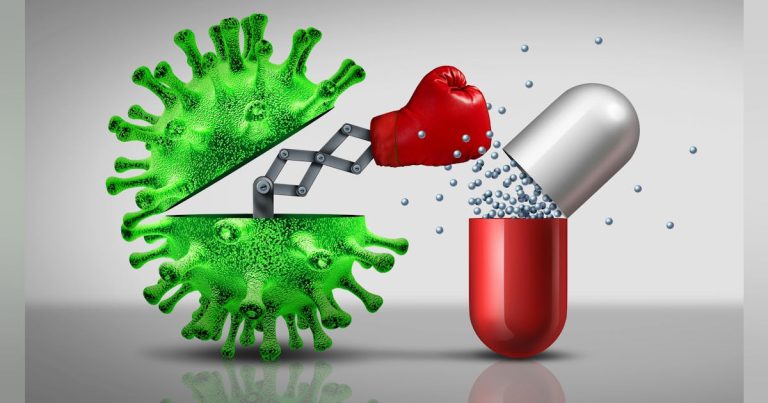The complexity of antibiotic development presents another obstacle. “As scientific and financial challenges hinder progress in creating new, effective antibiotic agents, without new treatments, resistance may outpace our ability to fight infections,” warns Professor Edlund.
Antibiotic resistance in dentistry: A unique concern
AMR is a major concern in dentistry, where antibiotics are often prescribed to treat dental infections or as prophylaxis to prevent the spread of infection. Dentists account for approximately 10% of all human antibiotic prescriptions, contributing to the development of antibiotic-resistant bacteria. According to the World Dental Federation (FDI), many of these prescriptions are actually unnecessary, further exacerbating the problem of antibiotic resistance.2
Professor Edlund emphasizes that minimizing antibiotics in dentistry involves addressing the underlying causes of infection and prioritizing procedures such as abscess drainage, endodontic treatments and necessary extractions. He adds that antibiotics should be used as a supportive measure, used only when systemic infections are present.
While many countries have national recommendations for antibiotic use in dentistry, many still lack comprehensive guidelines that promote responsible antibiotic use, with some only addressing either antibiotic therapy or prophylaxis. Professor Edlund stresses that it is vital that guidelines are developed through a rigorous, quality-assured process. However, he points out that simply publishing guidelines is insufficient.
“Guidelines must be thoroughly implemented and accompanied by educational efforts to encourage compliance. In addition, monitoring prescribing behavior and providing feedback to clinicians are key strategies to improve adherence,” explains Professor Edlund.
Combating antibiotic resistance in dentistry with new methods
Tommi Pätilä, a cardiac and transplant surgeon at the New Children’s Hospital (HUS) in Helsinki, Finland, emphasizes the importance of limiting the use of antibiotics in all treatments as new antimicrobial-resistant bacterial strains continue to emerge.3 Given the increase in AMR, there is a growing need for alternative methods of treating and preventing serious infections. For example, photodynamic therapy (PDT) is expected to play an increasingly important role in medicine.
Unlike traditional antibiotics, antibacterial PDT (aPDT) uses photosensitizers activated by light to produce reactive oxygen species (ROS) that damage bacterial cells. This mechanism makes it difficult for bacteria to develop resistance, studies show. In addition, PDT has shown efficacy against antibiotic-resistant strains and offers immediate action compared to the delayed effects of antibiotics.4.5
PDT has been used in dental clinics to treat periodontal infections by targeting and destroying pathogenic bacteria. It can also be applied in root canal treatments to eliminate bacteria within the root canal system. PDT is also used in medicine to detect cancerous changes in oral lesions, treat early and advanced oral cancers, and target bacterial and fungal infections.6,7
“The most promising aspect of the method is the absence of bacterial resistance development. This is based on a natural phenomenon. So far, no resistance has been detected in large-scale studies,” says Dr. Pätilä.
Lumoral therapy is an innovative solution that allows light-activated therapy to be performed at home, complementing traditional oral hygiene methods such as brushing and flossing. This method combines an antibacterial mouthwash with a targeted light-activated antibacterial treatment. Together, they work to reduce the build-up of harmful plaque bacteria in the mouth, helping to reduce the risk of oral infections such as periodontitis. Lumoral is used in some European and Asian countries, but is not yet available in the US.
According to Dr. Pätilä, unlike chlorhexidine (CHX), which is a chemical antiseptic, the Lumoral method works through a separate mechanism that reduces the risk of bacteria developing resistance.
CHX is a widely used antiseptic in dental care, but there is growing concern about bacterial resistance. Studies have shown that bacteria such as Klebsiella pneumoniae and Pseudomonas aeruginosa can develop resistance to CHX.8 Resistance to CHX has also been linked to cross-resistance to certain antibiotics, such as colistin.9
“Light-activated antibacterial therapy has a different mode of action that reduces the chance of bacteria developing resistance. ROS generated during aPDT cause oxidative damage to bacterial cells, a process that bacteria find difficult to resist. Therefore, Lumoral therapy offers an effective antibacterial approach with a lower risk of contributing to AMR compared to traditional chemical antiseptics such as CHX.

